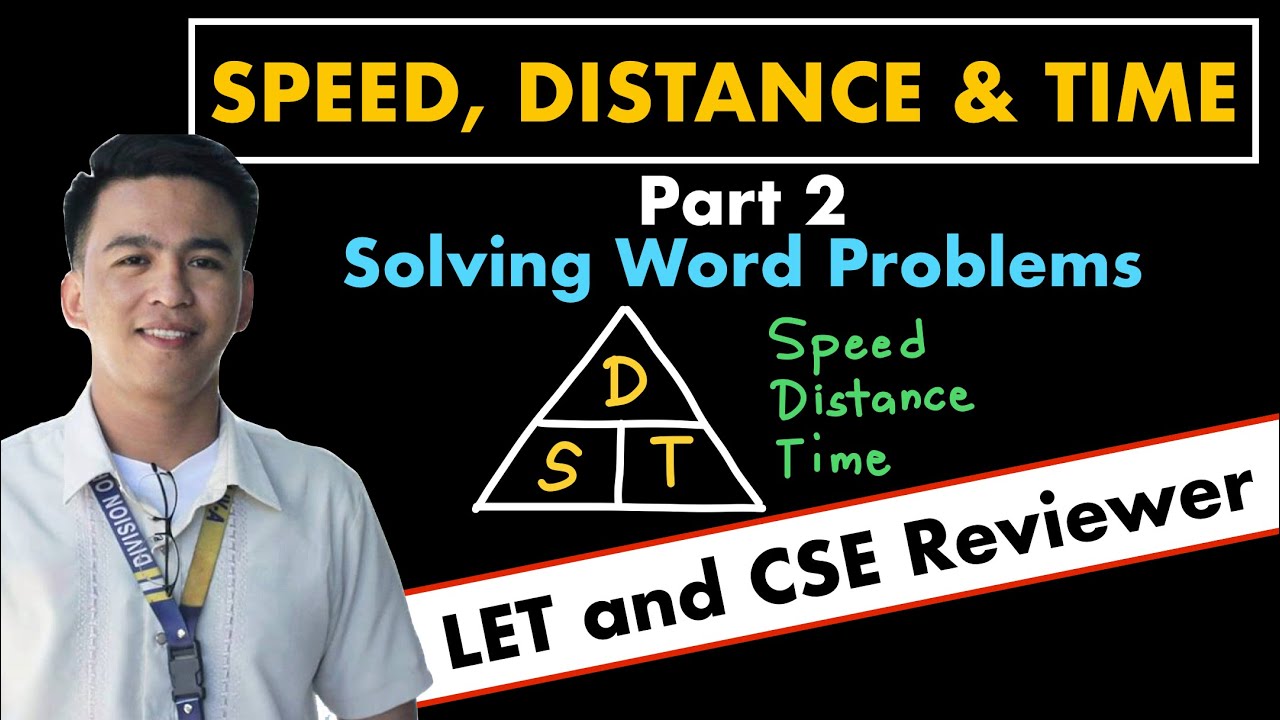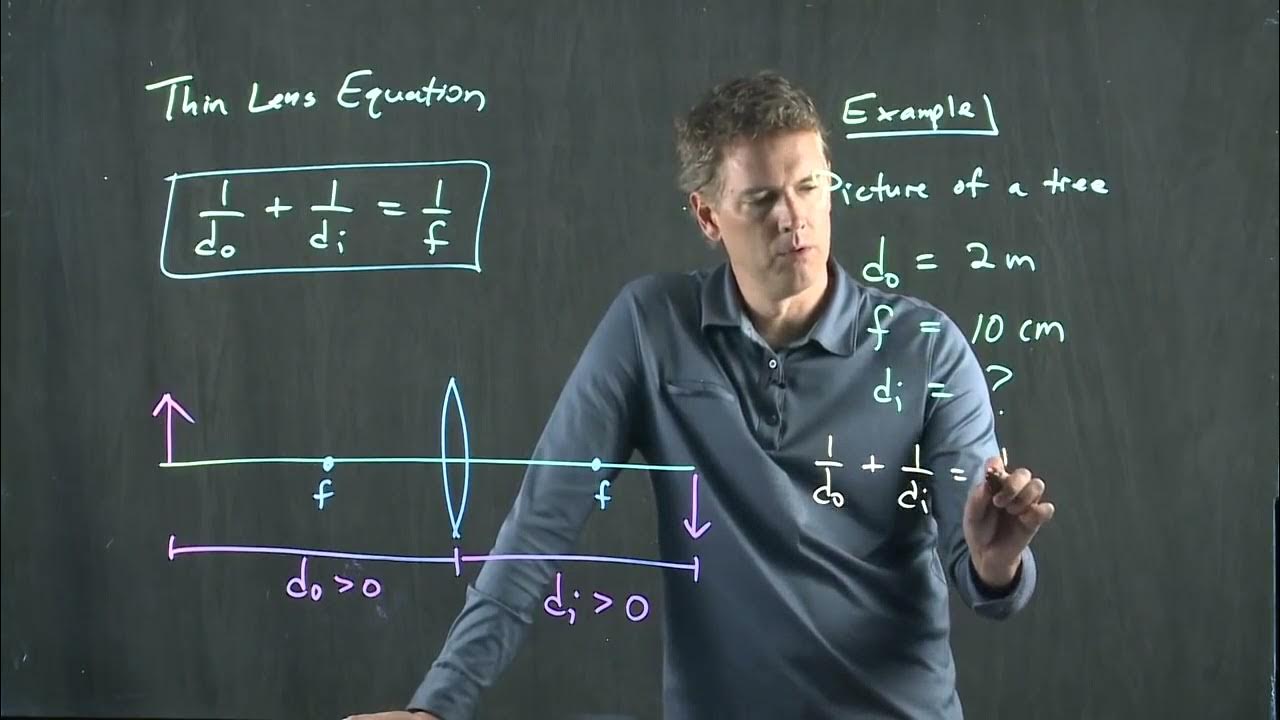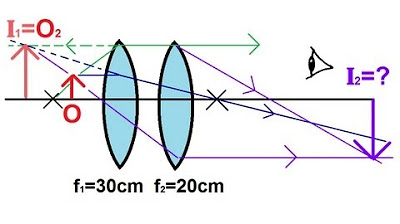Ranging with your reticle Yards and Meters
TLDRIn this instructional video, the host demonstrates how to estimate distance using a reticle in the absence of a rangefinder, catering to viewers with both mil and MOA based reticles. The host explains the importance of knowing the type of reticle and whether the scope is first or second focal plane. Formulas for calculating distances in yards and meters are provided, with an emphasis on accuracy for long-range shooting. The video also includes a practical example using a 16-inch steel target and concludes with a live demonstration of reticle size changes in first and second focal plane scopes.
Takeaways
- 🎯 The video is a tutorial on how to determine distance using a reticle when rangefinders are not available or in low visibility conditions.
- 📐 It's important to know the type of reticle in your scope, whether it's mil or minute of angle (MOA) based.
- 🔍 For mil-based reticles, the formula to determine yardage is the height or width of the target in inches multiplied by 27.77, then divided by the mils read on the target.
- 🔬 Estimation is necessary when the reticle's subtensions are not exact, such as when the target width is between two specific mil values.
- 🌟 The video emphasizes the importance of accuracy in mil readings, especially at longer distances, where small errors can lead to significant differences in calculated yardage.
- 🔄 The difference between first and second focal plane scopes is highlighted, with the reticle size changing with magnification in first focal plane scopes.
- 📏 For MOA-based reticles, the formula involves multiplying the target's height or width in inches by 20 and dividing by the MOA subtensions read on the target.
- 📐 The script provides formulas for calculating distance in both yards and meters, catering to different measurement systems.
- 📈 The video includes a practical demonstration of how reticle size changes with magnification in first and second focal plane scopes.
- 📊 The presenter shares a personal method for estimating distance with a reticle, emphasizing that it's one of many possible methods and what works for them.
- 📝 The video concludes with a live demonstration of using the reticle to estimate distance, showing that it can be highly accurate with practice and familiarity with one's equipment.
Q & A
What is the main topic of the video?
-The main topic of the video is teaching viewers how to determine distance using a reticle when rangefinders are not available or in poor visibility conditions.
What are the two types of reticles mentioned in the video?
-The two types of reticles mentioned are mil Radian based reticles and minute of angle (MOA) based reticles.
Why is it important to know the type of reticle in your scope?
-It is important to know the type of reticle in your scope because the method to determine distance varies depending on whether it is mil Radian or MOA based.
What is the difference between a first focal plane and a second focal plane scope?
-In a first focal plane scope, the reticle size remains constant regardless of the magnification, while in a second focal plane scope, the reticle size changes with the magnification.
What is the constant used for calculating distance with a mil Radian based reticle?
-The constant used for calculating distance with a mil Radian based reticle is 27.77.
How do you determine the size of the reticle's subtensions in a scope?
-You can determine the size of the reticle's subtensions by referring to the owner's manual or by downloading the information from the manufacturer's website.
What is the formula used to determine yardage with a mil Radian based reticle?
-The formula used to determine yardage with a mil Radian based reticle is the height or width of the target in inches multiplied by 27.77, then divided by the mils read on the target.
What is the constant used for calculating distance with an MOA based reticle?
-The constant used for calculating distance with an MOA based reticle is 95.5 when solving for yards, and 3438 when solving for meters.
How does the video demonstrate the difference between a first and second focal plane scope?
-The video demonstrates the difference by showing how the reticle size changes with magnification in a first focal plane scope, and remains constant in a second focal plane scope.
What is the importance of accuracy when reading mils or MOA on a reticle?
-Accuracy in reading mils or MOA is crucial because small differences in readings can lead to significant errors in calculated distances, especially at longer ranges.
How can the methods demonstrated in the video be applied to metric system users?
-Metric system users can apply the methods by using different constants (1000 for meters, 10 for centimeters) and adjusting the formula to solve for distance in meters or centimeters instead of yards.
What is the approximate yardage calculated for the 16-inch steel target with a 1.2 mil reading?
-The approximate yardage calculated for the 16-inch steel target with a 1.2 mil reading is about 93 yards.
Outlines
🎯 Understanding Reticle-Based Distance Estimation
This paragraph introduces a tutorial on how to estimate distances using a reticle in the absence of a functioning rangefinder or in low visibility conditions. The speaker emphasizes the importance of knowing the type of reticle (mils or MOA) and whether the scope is a first or second focal plane. A simple formula for mil-based reticles is provided, which involves multiplying the target's height or width in inches by a constant (27.7) and then dividing by the mils read on the target. The video also explains the difference between first and second focal plane scopes and how it affects the reticle's use.
🔍 Precision in Reticle-Based Distance Calculations
The speaker discusses the precision required when using reticle-based distance estimation, highlighting the impact of small variations in mil readings on the estimated distance, especially at longer ranges. The paragraph provides an example using an MOA-based reticle with a 16-inch circle target and explains the formula for calculating distance in yards using MOA. The video also covers the conversion of these formulas for metric system users, offering constants for calculating distances in meters or centimeters, whether using mils or MOA.
🌟 Demonstrating Reticle Use in Scopes
The final paragraph showcases a practical demonstration of how the reticle size changes with the magnification power of the scope. The video contrasts second focal plane scopes, where the reticle size remains constant regardless of magnification, with first focal plane scopes, where the reticle size increases with magnification. The demonstration includes an example calculation using a first focal plane scope to estimate the distance to a 4-inch steel target, showing the high level of precision achievable with this method.
Mindmap
Keywords
💡Reticle
💡Mil Radian
💡Minute of Angle (MOA)
💡First Focal Plane (FFP)
💡Second Focal Plane (SFP)
💡Rangefinder
💡Estimation
💡Constant
💡Steel Target
💡Subtensions
💡Metric System
Highlights
Introduction to the video on determining distance using a reticle when rangefinders are not available or conditions are poor.
Explanation of the importance of knowing the type of reticle in your scope: mil Radian based or minute of angle based.
Clarification on the difference between first focal plane and second focal plane scopes and their impact on reticle use.
Simple method for determining distance using a mil Radian based reticle with a 19x19 square steel target.
Formula for calculating distance using a mil based reticle: height or width in inches multiplied by 27.77.
How to read the reticle's mils accurately for precise distance estimation.
Demonstration of estimating mils on a target and the importance of accuracy in mil readings.
Explanation of the impact of a small error in mil readings on the estimated distance.
Introduction to determining distance with an MOA based reticle using a 16-inch circle target.
Formula for calculating distance with an MOA based reticle: inches times 20 divided by MOA.
Conversion of the formula for metric system users to calculate distance in meters or centimeters.
Visual demonstration of the difference between first and second focal plane scopes when zooming.
Practical example of using a first focal plane scope to estimate distance with a reticle.
Accuracy check of the reticle method against a rangefinder, showing the precision of the reticle method.
Encouragement for viewers to understand their equipment for effective use of the reticle method.
Conclusion and call to action for viewers to ask questions, like, share, and subscribe.
Transcripts
Browse More Related Video

MOA vs. MRAD in Scope Adjustments

Long Range Shooting Series: Basics of MOA (Minute of Angle)

Solving Word Problems SPEED, DISTANCE and TIME | LET and Civil Service Exam Reviewer

Picture of a Tree - Thin Lens Equation | Physics with Professor Matt Anderson | M27-18

Physics - Optics: Lenses (2 of 5) Lens Combinations - Two Converging Lenses

2011 Calculus AB free response #5b | AP Calculus AB | Khan Academy
5.0 / 5 (0 votes)
Thanks for rating: